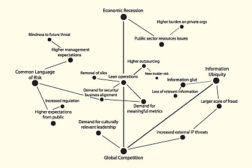Articles by Marleah Blades
Securing Cities: Can We Do It Better?
What U.S. city governments can learn from Canada
May 1, 2012
Sign-up to receive top management & result-driven techniques in the industry.
Join over 20,000+ industry leaders who receive our premium content.
SIGN UP TODAY!Copyright ©2024. All Rights Reserved BNP Media.
Design, CMS, Hosting & Web Development :: ePublishing





